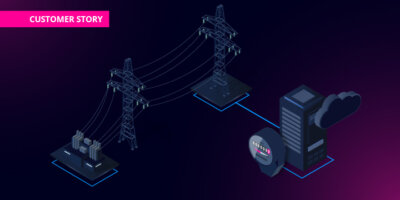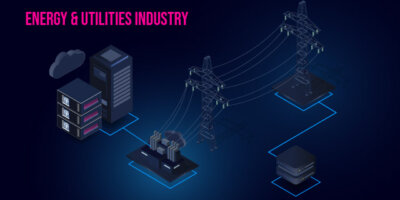Southern California Edison (SCE), one of the largest electric utilities in the U.S., faced a challenge shared by many in the industry: rapidly growing infrastructure complexity with no ability to grow headcount. Manual processes were slow, inconsistent, and impossible to scale — creating risks for service reliability, data quality, and long-term grid modernization. To address this, SCE partnered with Itential and WWT to rethink how infrastructure is managed, automated, and governed.
In this Utilities Technology Council (UTC) white paper, SCE outlines the strategy behind its automation and orchestration journey — from early use cases like Zero Touch Provisioning and software upgrades, to future-ready AI initiatives like Project ORCA. Learn how SCE accelerated deployments, eliminated thousands of manual hours per month, and built the operational foundation for an intelligent, self-healing grid.
Why This Matters for Every Utility
SCE’s journey reflects a broader shift happening across the utility industry — where AI, automation, and digital transformation are no longer future goals, but current imperatives. This white paper offers more than a case study; it’s a practical roadmap for modernizing infrastructure operations at scale. Whether you’re dealing with aging assets, tightening budgets, or rising expectations around grid reliability and sustainability, this paper shows what’s possible when orchestration becomes the foundation for smarter, more responsive utility networks.

 Matt Deibel
Matt Deibel


